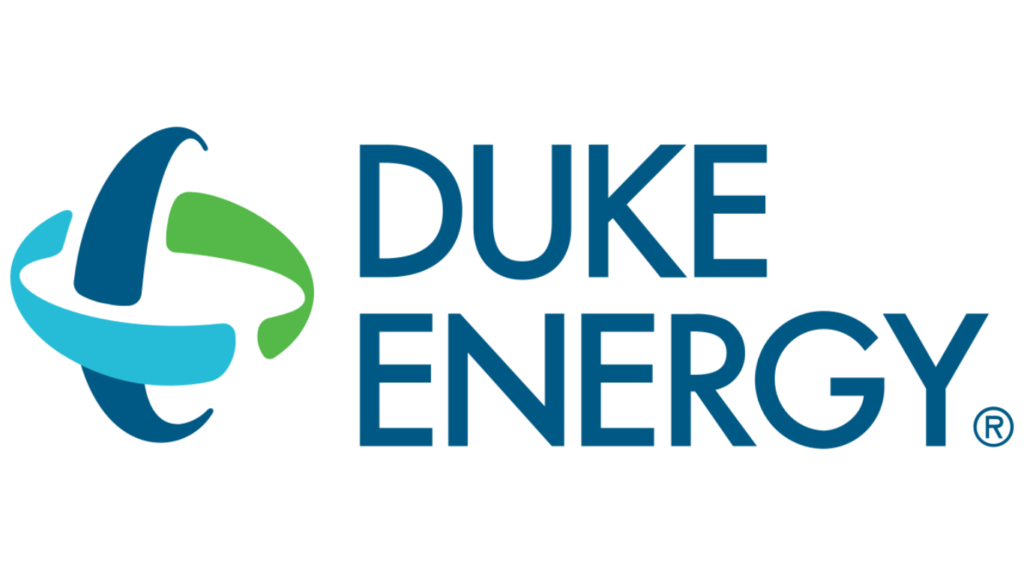Duke Energy yesterday released its 17th annual report outlining its approach to sustainability topics. The flagship Impact Report highlights the company’s goals, performance and progress on strategic business priorities and allows stakeholders to chart the company’s progress.
Affordability and reliability are top of mind for both the company and customers. Last year, Duke Energy made investments to lower fuel costs and reduce price volatility to benefit customers. In addition, a dedicated team worked with more than 1,400 community assistance agencies to disperse important energy assistance funds. Last year, the company assisted nearly 189,000 customers with more than $192 million in energy assistance and, since 2021, has helped connect customers to nearly $300 million in energy assistance.
And the company continues to work alongside stakeholders to introduce new programs and policies to generate savings and lower the cost of the energy transition.

“Our business strategy is creating value for our employees, customers and communities while at the same time mitigating the potential risks associated with our business,” said Katherine Neebe, Duke Energy’s chief sustainability and philanthropy officer. “We’re pursuing federal funding and leveraging tax credits to lower customer costs for clean energy technologies and other aspects of the energy transition. Our balanced pace of change will enable a future that offers reliable, accessible and affordable energy for all customers and areas we serve.”
With the company’s continued focus on customers, cost management and job creation, EY evaluated the economic benefits of Duke Energy’s planned investment of $145 billion over the next 10 years for critical energy infrastructure. The study found the company’s plan will support more than 20,000 additional direct, indirect and induced jobs annually during that period and produce $250 billion in economic output throughout the U.S. economy due to jobs, income paid to workers and payments made to suppliers. In addition, it will generate more than $5 billion in additional property tax revenue over the next 10 years to support schools, first responders, roads and other infrastructure and essential services in local communities.
Also read
Lowe’s invests in renewable energy with rooftop solar panel installations at 174 locations
Masdar associates with SOCAR for projects on renewable energy
Green NCAP launches LCA tool, gives global environment footprint of cars






